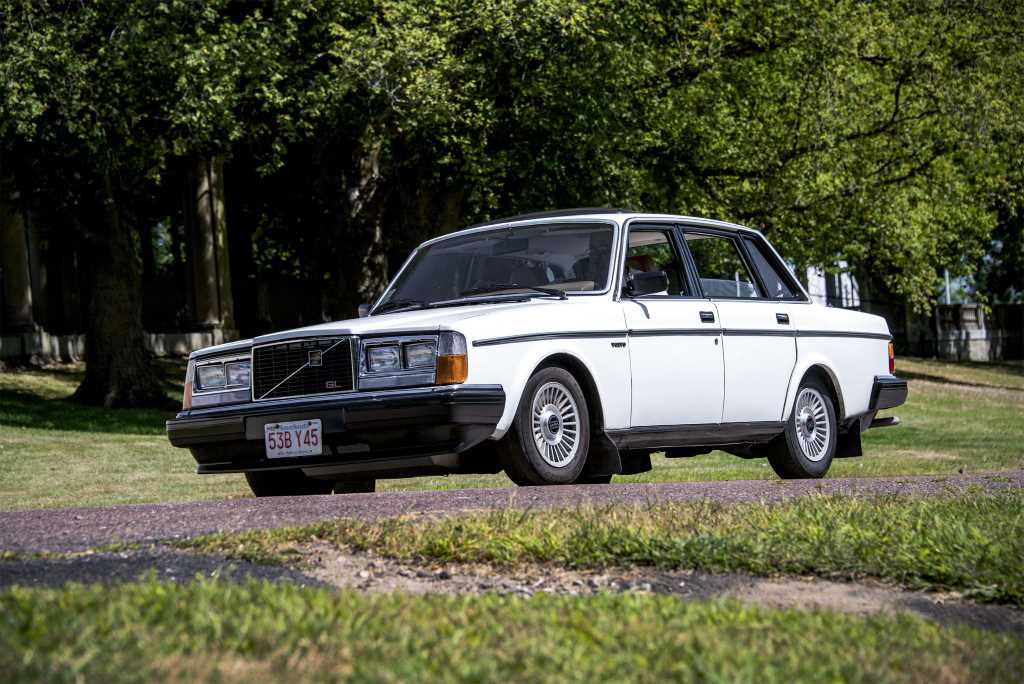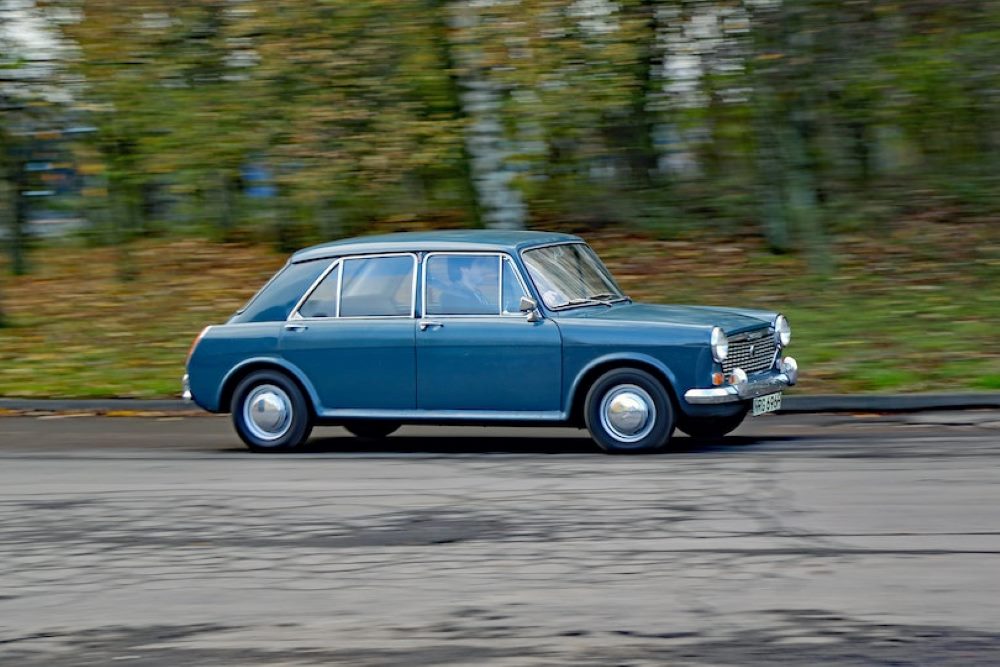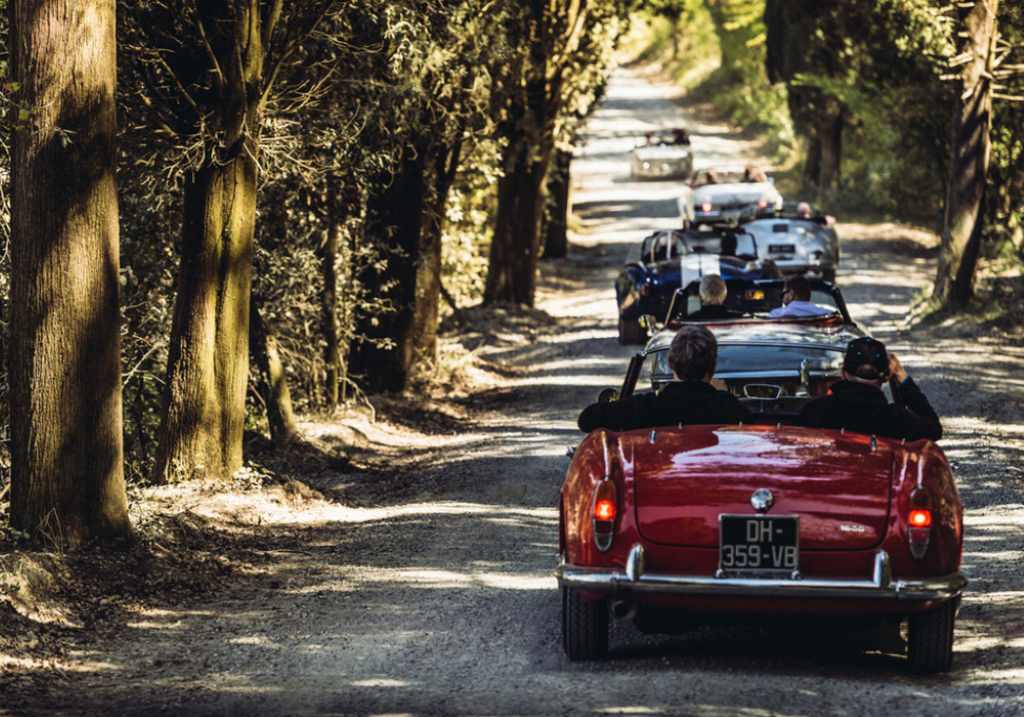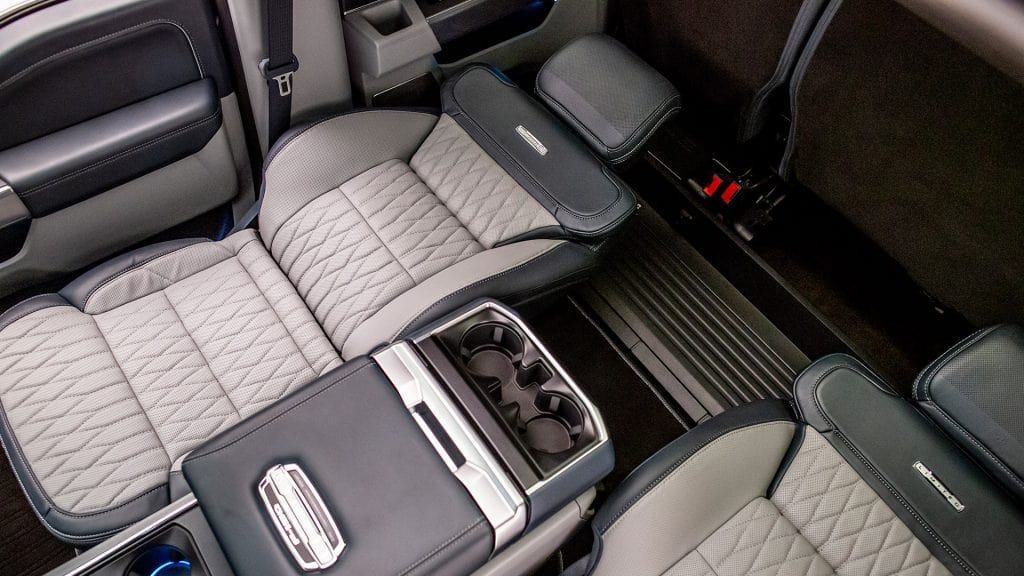Can You Daily Drive A Classic Car
One of the most common questions from potential vintage car owners is “Can you daily drive a classic car?”
Many of us have grown up with romanticized images in mind while driving the classic everyday cars we’ve idolized for years. When you reach the age or stage where you can afford a classic car, can you, and should you drive it every day?
In this article, we’re going to look at the pros and cons of driving classic cars every day, so you can understand a little more about whether this is right for you.
Can You Daily Drive A Classic Car
There aren’t any rules and limits for choosing vintage cars to drive every day. In short, you can drive a classic car every day if you want. It’s not as hard as some people think, especially if you choose to drive a more modern classic every day.
In the end, if you’ve found a classic car that you desire and that you want to drive every day, there’s no reason why you shouldn’t. It’s your car, your money, and your choice.
Notices For A Classic Car Everyday Driving
The safety of classic cars is not so good
Classic cars usually are old cars. Some even show defects over time. And obviously, older cars are less safe than modern ones. If you’re driving it every day, especially if you have to carry your family, safety is something that shouldn’t be overlooked.
While some more modern classic cars are equipped with side impact systems, multiple airbags, and other safety structural components, many popular vintage cars don’t even come equipped with airbags. Other cars can be notoriously dangerous to test drive in terms of handling. Even the safety of modern cars can now be a matter of controversy, as some argue that the only real improvements to safety have come in the form of assistive technology and driver assistance (lane start assist, Automatic Emergency Braking/AEB, etc.)
No matter how much you care about safety, we think it’s something to consider when deciding whether to drive a classic daily. While you can control your driving, you cannot control the driving of those around you and you need to take this into account.

Wear & maintenance
This is possibly the biggest considering factor for many people when deciding whether or not they should drive a classic car daily.
More use or more intervals equals more wear and tear and higher maintenance requirements. This can be problematic, especially when servicing vintage cars can be very expensive. Parts availability can be a challenge for some classics (even relatively modern ones). This means that if you’ve traveled long distances on your classic, you’re increasing the chances of having to replace a part that can be very difficult to find or expensive.
You can also be in a situation that isn’t particularly favorable for the everyday driving of an antique car from a wear/maintenance perspective. Geography or weather is something to consider carefully before making any decisions regarding personal transportation.
The weather factor
When living in areas with tropical climates with alternating hot, rainy, and cold seasons, car owners need to carefully consider whether to use antique cars for daily driving. And if you live in a rainy climate, harsh winters, or scorching deserts, it’s essential to install weatherproof features in your car, whether it’s a classic or a new car.
Heat
Most owners don’t consider the adverse effects of heat on their classic car. However, frequent exposure to direct sunlight can cause the car paint to fade. Heat can also damage tires, so it’s essential to check for wear and air pressure to avoid a tire blowout. And when possible, park your vehicle in a covered or sheltered location.
Rain
If you live in a rainy climate, rust can form on your classic car very fast. However, use any exposed metal on the vehicle, and you can hope to avoid rust. In addition, always parking in a covered area will reduce the risk.
Cold
If you live in a harsh winter climate, make sure your car has the right antifreeze, wiper fluid, and winter tires. In some colder climates, people even sprinkle salt on the road to prevent cars from sliding on the ice. However, this sugar salt layer can corrode any metal it comes in contact with.
To prevent corrosion, wash or clean your car thoroughly, and pay attention to exposed metal. Additionally, polishing your car will provide an extra layer of protection.
The geographical factor
For car owners living in mountainous areas or volcanic belts, earthquakes are common, and when the road system is in poor quality, patchwork repairs make the road surface in many areas degrade. This is not suitable for the suspension system of the light-loving classic car. It will not be difficult to notice the stress that cars have to go through when driven daily in this condition.
If you live in an area where road quality is poor and inclement weather makes it susceptible to rust, you may want to keep your classic as one to use when you can drive on better roads or conditions.
Many classic buyers look for the lowest mileage possible. While low mileage is fine, too low mileage (if the vehicle has been in storage for a long time) can cause problems. Cars are mostly made for use, not for storage. Long-term storage (especially if not done properly) can lead to deterioration of the vehicle both mechanically and bodywork etc.
Long-term storage shouldn’t be such an issue if you do it properly with the needed precautions. But if a vehicle you’re considering has been left in a garage for years without being driven and used, it might not be the best option, unless you’re willing to invest in getting that car back to its optimal health.

Impact on value
Some people use vintage cars just to enjoy themselves. Others see them as a combination of investment and enjoyment. A smaller minority see them only as investments.
If you’re interested in maintaining (or even increasing) the value and potential sale price of your classic car, then you need to consider the impact of daily driving on it. As we discussed above, daily driving adds wear and tear to your vehicle. This extra wears and the possibility of damage etc. (along with increased mileage, even if you service everything perfectly) will affect the potential value of your classic car.
So if you’re buying a classic car to try to resell it for extra cash, think about the impact your daily driving will have on its future value.
Practicality
Another consideration to make when deciding if you should drive a classic car every day is practicality.
Some classics are not very practical vehicles. Some models, although very modern and striking, have only two seats. What if you want to hang out with two other friends for a day; it will be useless. Here, practicality goes beyond the number of seats or trunk/trunk space.
Older cars often have weaker heating/cooling systems. Daily driving in a classic in hot weather (especially if stuck in traffic) with weak air conditioning is a surefire way to fall in love with your car.
Older cars also tend to have worse navigation and entertainment systems (if they have any navigation). Of course, you can usually upgrade to a newer device with Apple CarPlay, Android Auto, or Bluetooth built-in, but you may want to keep the original stereo system. Depending on the age and type of car, this can again limit practicality (especially if you have a “modern classic” in the awkward early/mid-2000s when cars come with a CD player, but no Aux or Tape Deck.
Consider the practical meaning of a classic car; you will have enough space, enough features, etc. to make it work? You might get tired of your classic if you find it doesn’t do what you need it to!
The enjoyment
The classic car of your dreams may delight you when you use it from time to time, perhaps for special weekend trips or going to meetups and events. However, it is possible if your daily classic driving can take away the glitz and excitement. This is especially true if your everyday driver is a “flawed” classic when compared to the modern car driving experience. Older cars often have weak heating and air conditioning systems, poor in-car entertainment systems, etc.
If you use your classic car daily, these potential shortcomings (depending on the type of car you bought) can detract from the overall enjoyment of the ownership experience.
This isn’t going to happen to everyone. There are still lines of people waiting to comment on how they’ve been driving the same vintage car every day for years and love it as much as the first time they turn the key. If this is you, that’s all fine.
However, there will be people who have saved up to buy the classic car of their dreams, and then quickly put it away after driving every day because they realize that the cons outweigh the advantages.

Everyday-Driving A Classic Car Maintenance Checklist
For classic cars, you will have to take care of them carefully. Several factors determine the safety of an automobile such as the manufacture year, the distance traveled, and its maintenance history. When changing your classic car to a daily commuter, you’ll need to perform a full maintenance check, including replacing or restoring a few critical parts. Below is a list of parts and details you need to pay more attention to when daily driving a classic car.
- Change the oil, plug, and all filters.
- Replace the fan belt.
- Adjust the starter and alternator.
- Replace batteries.
- Change the coolant.
- Replace the thermostat.
- Replace the radiator hose.
- Change transmission oil and filter.
- Replace the timing belt.
- Inspect shock absorbers, mounts, and springs.
- Replace the tire and perform the alignment.
- Check the exhaust pipe.
- Replace the fuel pump.
- Change the power steering fluid.
- Use a lubricant on the window railing.
- Replace the rotor/drum.
- Replace the wheel cylinder.
- Check/replace the brake line.
- Replace pads/shoes.
- Change brake fluid.
Wrapping Up On Can You Daily Drive A Classic Car
You can drive a classic car every day. Nothing is stopping you, as long as the classic car in question complies with applicable road rules and regulations and you can get insurance for off-road driving.
The question is whether you should drive your classic car every day. As discussed above, there are some considerations you need to make:
- Safety – Is your classic potential daily driver safe enough for everyday use? If it is not that safe and far from your need for daily use, will you take the risk to put aside everything to experience it? You should avoid crowded commutes or long-distance drives with your classic car.
- Wear and tear – Driving your classic car often results in more wear and tear, and more maintenance and repair
- Impact on value – Will increasing wear and tear reduce your car’s value if you consider it a potential investment?
- Pleasure factor – Do you compromise with a classic car’s downsides? All cars have problems, especially older ones, they can reduce enjoyment and your general satisfaction.
- Practicality – Is the classic you’ve chosen practical enough for everyday use?
Ultimately, driving a classic car every day comes down to your taste, risk appetite, and desire to “preserve” your vehicle.
We hope you have already cleared your thoughts on whether can you daily drive a classic car after scrolling through this article. If you’re looking to buy a classic car (whether for everyday or occasional use), remember to check out any ever-evolving list of buyer’s guides to help secure one at a great price.
For more helpful Driving tips, follow Car From Japan today.














